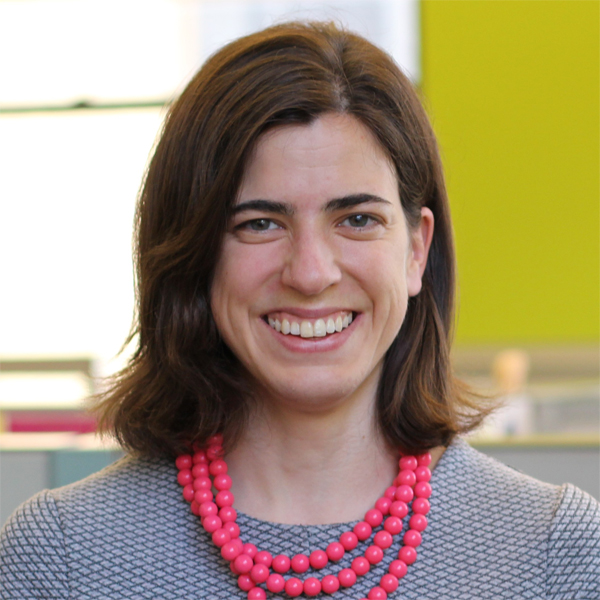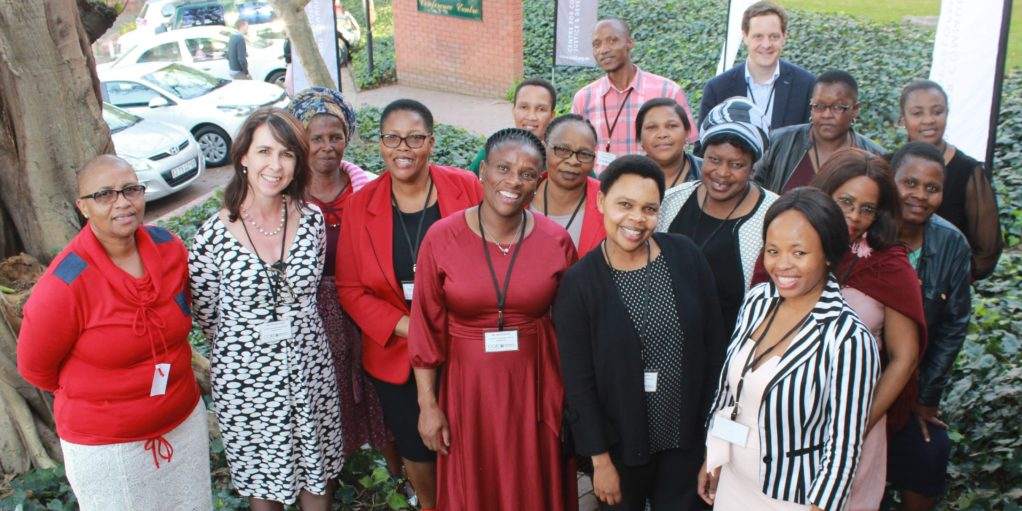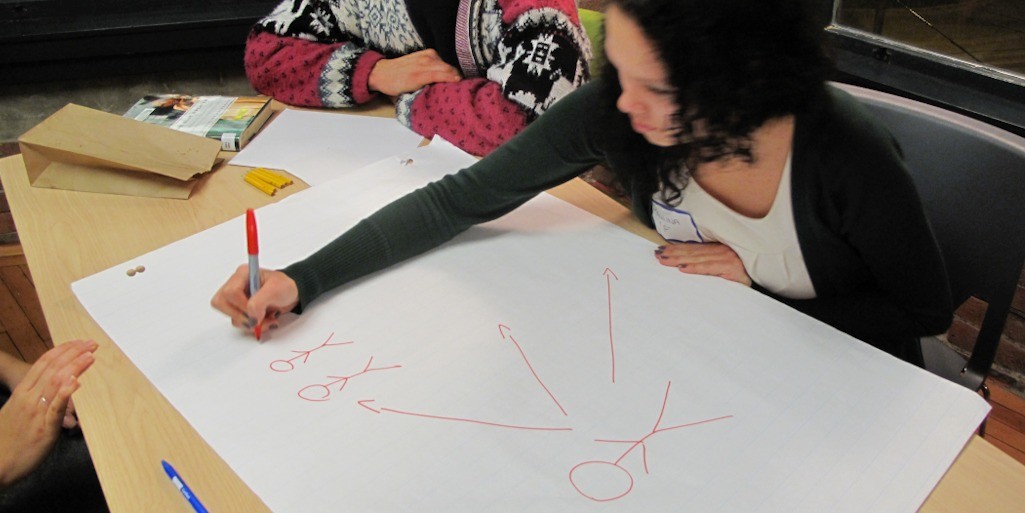Master Innovation
How systems practice is impacting Colombia’s peace agreement
One team's journey to use systems thinking to track the implementation of the Colombian peace agreement
February 03, 2018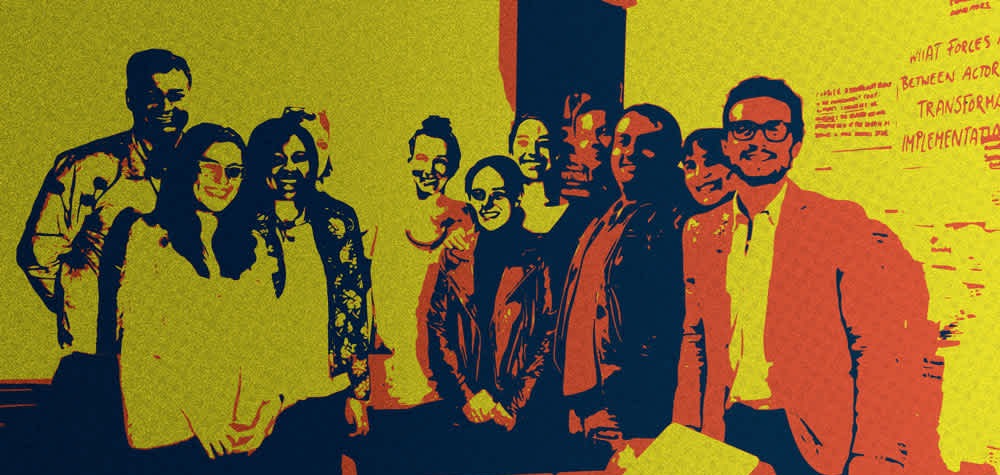
When the Colombia peace agreement was announced on August 24, 2016, it marked a major turning point in ending the country’s 52-year armed conflict.
As part of this agreement, the University of Notre Dame’s Kroc Institute for International Peace Studies was given primary responsibility for technical verification and monitoring of implementation of the accord through the Peace Accords Matrix (PAM) Barometer initiative.
The Kroc Institute hired a team of experienced peacebuilders from Colombia and other countries to assist with systematic real-time tracking of compliance with the agreement so as to enable accurate decision-making and adjustments. To help them manage an influx of information and data, they turned to the Acumen Academy Systems Practice course developed with The Omidyar Group.
Borja Paladini Adell is a Spanish peacebuilder with over 20 years of experience and is currently leading the team of 15 based in Bogota. They are creating a big database to help gather evidence of how the peace agreement is being implemented. By interviewing people and organizations, and gathering information from a multitude of sources, they are keeping a pulse on the process and providing regular reports to both the government and the FARC.
“It is not easy to monitor in real-time a very comprehensive peace agreement. Colombia is a very big country and also a very fragmented country. It is very difficult to establish truth and reach an objective analysis about what is going on. There are many sources of information and in many cases, the information is saying different things. So we decided we also needed to do reflective analysis with hundreds of people and Colombian actors to complement our quantitative analysis,” Borja said.
At the recommendation of Humanity United, the team turned to the Systems Practice course offered by +Acumen and The Omidyar Group to help them better understand the data for each of the 74 themes of the peace agreement using the language and approach of Systems Practice.
“We are trying to give both the government and the FARC better information on emergent patterns and relationships within the system so they can use that information to make better decisions,” Borja explains. “When we saw the course, we decided to do it as a group activity.”
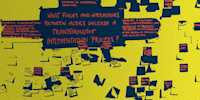
Emilia Frost, a Swedish member of Borja’s team, took on the role of coordinating the course experience for the larger group. “We had all felt the need to find new analytical tools to approach this extremely complex situation and we all thought that this course that could help our daily work very much.”
Their colleague Lina Maria Jaramillo Rojas from Colombia adds that this requires a change in mindset – rather than identify potential solutions, they’re instead focused on understanding how the many different actors are thinking, behaving and interacting, and thereby influencing the peace process.
“We need to report to the government and FARC regularly and we need to keep a balance between the two. We must stick to truth and facts and analysis, but we also have to promote a constructive approach to discussing difficulties and moving things forward,” Lina says.
Borja elaborates, “The course gives us an alternative to the ‘blame game’. The language of systems helps us to analyze the advances in the implementation, the difficulties, the gaps, the potential positive and negative cascading effects, and the interdependencies between several areas of the peace agreement. Such evidence and analysis helps support a collaborative space between the key decision-makers in the implementation process.”
As the team completed their mapping exercise, one theme that consistently emerged was this need to create what Emilia calls “new narratives.”
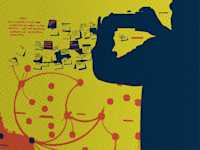
“Many people have been working in this space for 10 or 15 years. We’re used to using the same old language,” she explains, “But through this visual mapping process, we have identified there are full and complex belief systems behind all the forces that are related to our guiding question. These belief systems are ‘soft’ but extremely important forces that inform the relationships that are happening in our system. These exercises are helping us to avoid defaulting to the same language and to see dynamics in more constructive ways.”
The team is also thinking about how they can replicate the methodology they’re learning in the course in their conversations with the government and the FARC. “We are thinking about how we can replicate Systems Practice with stakeholders. It has been very useful for us to think about how we cannot just show the map and the results of our work, but also try to get them to understand why we are doing this.”
